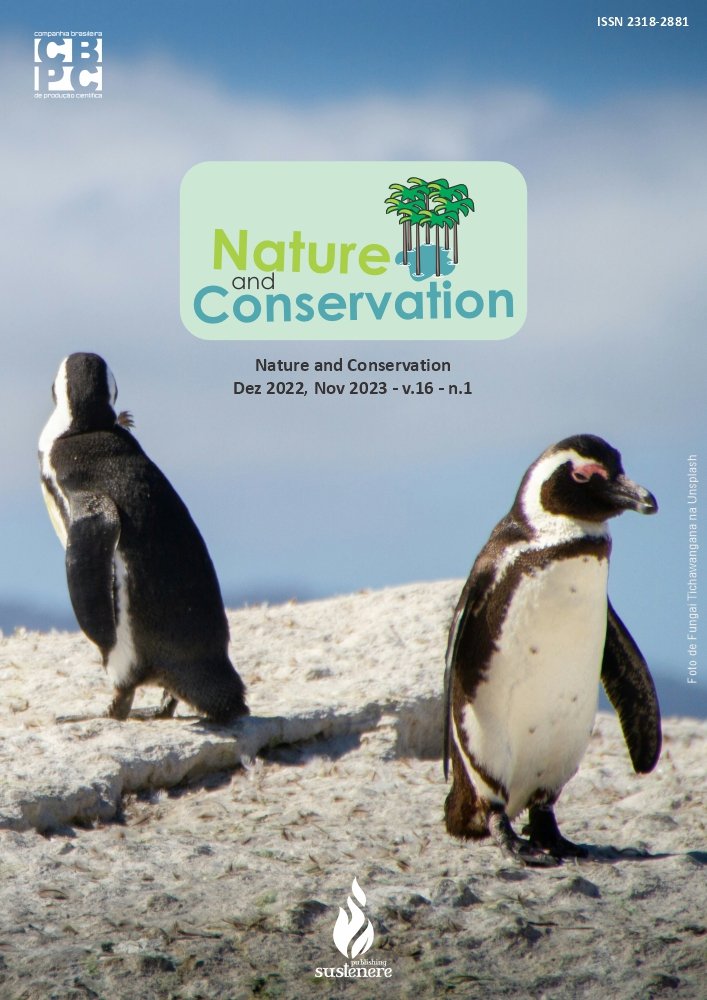Landscapes taxonomy for use in environmental planning
DOI:
https://doi.org/10.6008/CBPC2674-6492.2022.002.0002Keywords:
Landscapes classification, Spacial scale, Structural elements, Anthropic perceptionAbstract
Landscapes have received a variety of classifications revised for some authors and it shows an analysis difficulty due to its complexity. In this sense the classification system proposed comprises six levels in spacial scale, considering the importance of climate and structural elements in units of biggest scale coverage. The landscape must be acknowledged through a society-nature interaction, added to an idiographic, systemic and integrated approach. Thus, the landscape has connotation as a component of environmental quality when observed as a cultural, aesthetic, historical, economic, recreational and ecological resource and, therefore, the classification here proposed seeks to facilitate the study and the observance of these places accordingly with 5 taxonomy units proposed and 4 predominant genetic models. Therefore, from the acknowledge of dynamic character of landscapes and its transformation from the interaction with humans and morphoclimatic elements, is possible to see the necessity of deepen the classification of landscapes considering genetic elements. Thus, in order to better comprehend the landscapes and stimulate its study under the integrated vision, considering beyond its ecological values, but as well its cultural, aesthetic values among others, it’s clear that the classification here proposed will assist experts for a good environmental planning.
Downloads
Published
Issue
Section
License
Copyright (c) 2022 Environmental Scientiae

This work is licensed under a Creative Commons Attribution-NonCommercial-NoDerivatives 4.0 International License.
The CBPC - Companhia Brasileira de Produção Científica (Brazil CNPJ: 11.221.422/0001-03) the material rights of the published works. The rights relate to the publication of the work anywhere in the world, including rights to renewals, expansions and dissemination of the contribution, as well as other subsidiary rights. All electronically published works may subsequently be published in printed collections under the coordination of this company and / or its partners. The authors preserve the copyright, but are not allowed to publish the contribution in another medium, printed or digital, in Portuguese or in translation.






